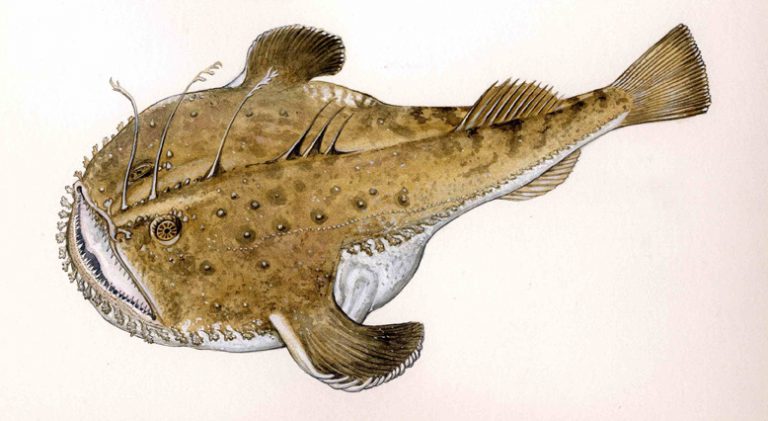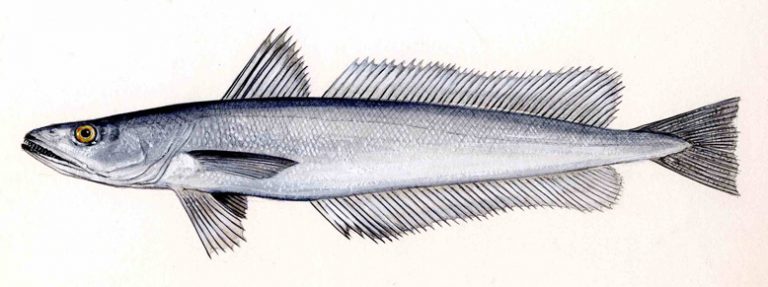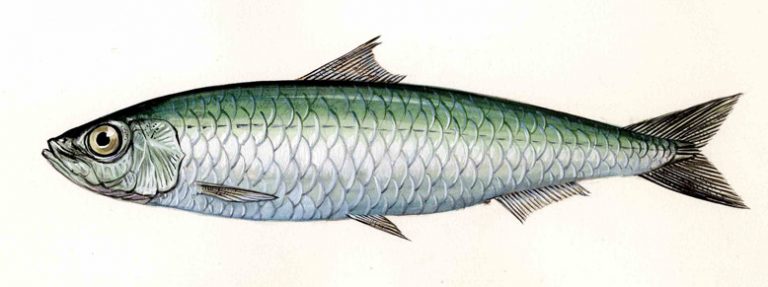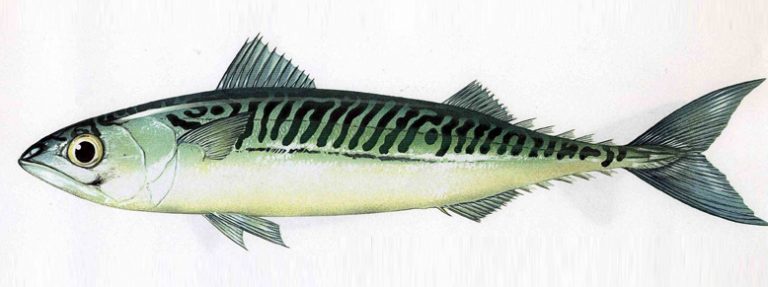Both species are assessed as three stocks in the Northeast Atlantic (the Northern Shelf, the Northern and the Southern stocks), whereas in the Mediterranean stocks have not yet been defined. Both species are relevant target of multispecies trawl fishery of multiple EU countries, but there are important uncertainties about species composition (in some areas white and black anglerfish are not distinguished for evaluation), stock structure and, most of all, their status in terms of population size, exploitation rate. Therefore, this implies an important difficulty for giving a good advice of how to best manage this resource.
Recent research by members of the research group have shown that the white anglerfish is composed by a single genetically homogeneous population within the Northeast Atlantic (Aguirre-Sarabia et al. submitted), calling for stock merging, but so far, no studies on the population connectivity of the black anglerfish have been performed. Importantly, recent research has shown hybridization between the two species, reaching up to 20% of hybrids in the white anglerfish population (Aguirre-Sarabia et al. submitted), pointing that further studies are required to evaluate the effect of hybrids in the current and future assessment of white and black anglerfish.



